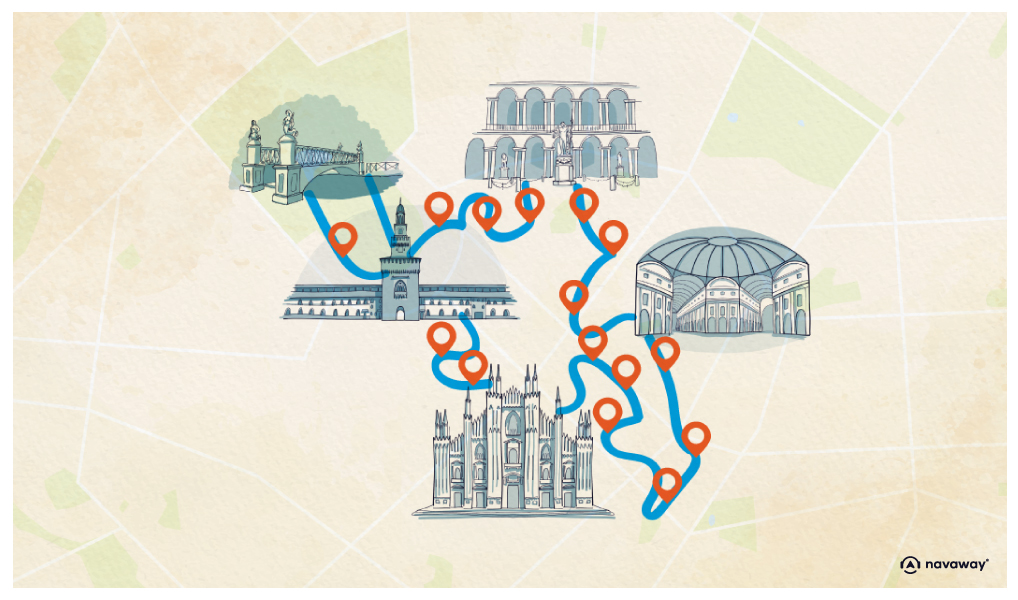
Sforza Castle
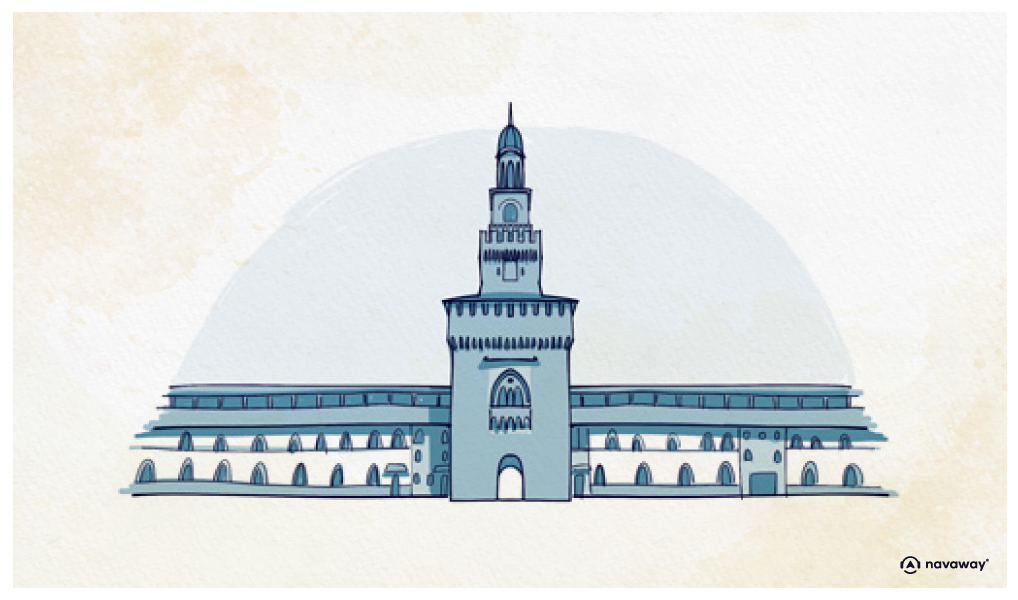
This point of interest is available as audio on the tour: Visit Milan, Secrets and Treasures of the Lombard Capital
An iconic symbol of Milan, the Sforza Castle tells the city’s entire story in a single place. From its days as a fortress to its present life as a museum complex, it has witnessed centuries of foreign rule. Let’s rewind, in broad strokes, or we’ll be here all day. It began in the 14th century as a fortress built by Galeazzo II Visconti, who feared an attack from his own brother, with whom he had divided control of Milan. A century later, the Visconti dynasty died out, and the castle was destroyed during the Ambrosian Republic.
Rising from those ruins, Francesco Sforza, now the new Duke of Milan, set about building the Castello Sforza as the official residence of the dukes, despite having promised the people of Milan he wouldn’t rebuild what they saw as a symbol of the tyranny they had just overthrown. At the time, the castle was a city within the city, home to the duke’s court, servants, and officers, with all the necessary facilities: laundries, bakeries, granaries, armouries, prisons, government offices, the works. And yes, it was huge. The finest artists of the day, including Leonardo da Vinci, were brought in to decorate it.
After the death of Francesco II Sforza in 1535, Milan came under Spanish rule. Later, during Napoleon’s conquest, the French army partially demolished the castle. In 1815, the city fell under Austrian control, and the castle was converted into a barracks. During the Five Days of Milan uprising against Austrian rule, the general even fired on insurgents from within the castle walls. In 1893, the military handed the castle back to the city, and the people of Milan wanted to tear it down to make way for an upscale district. But history and culture won out, and architect Luca Beltrami took on an ambitious restoration, returning the building to its former splendour.
Today, it houses seven museums, but even if you don’t plan on visiting them, it’s worth stepping inside to see the vast central courtyard, which is free to enter. For the record, the Filarete Tower at the centre of the castle is also part of Beltrami’s reconstruction, the original was blown up not in battle, but by a French soldier who accidentally detonated a bomb there, forgetting the tower had been turned into a gunpowder store. Oops.


Discover Milan with app
An interactive guide through the most beautiful streets, squares, and districts
23 fun audioguides full of historical facts, anecdotes, and legends
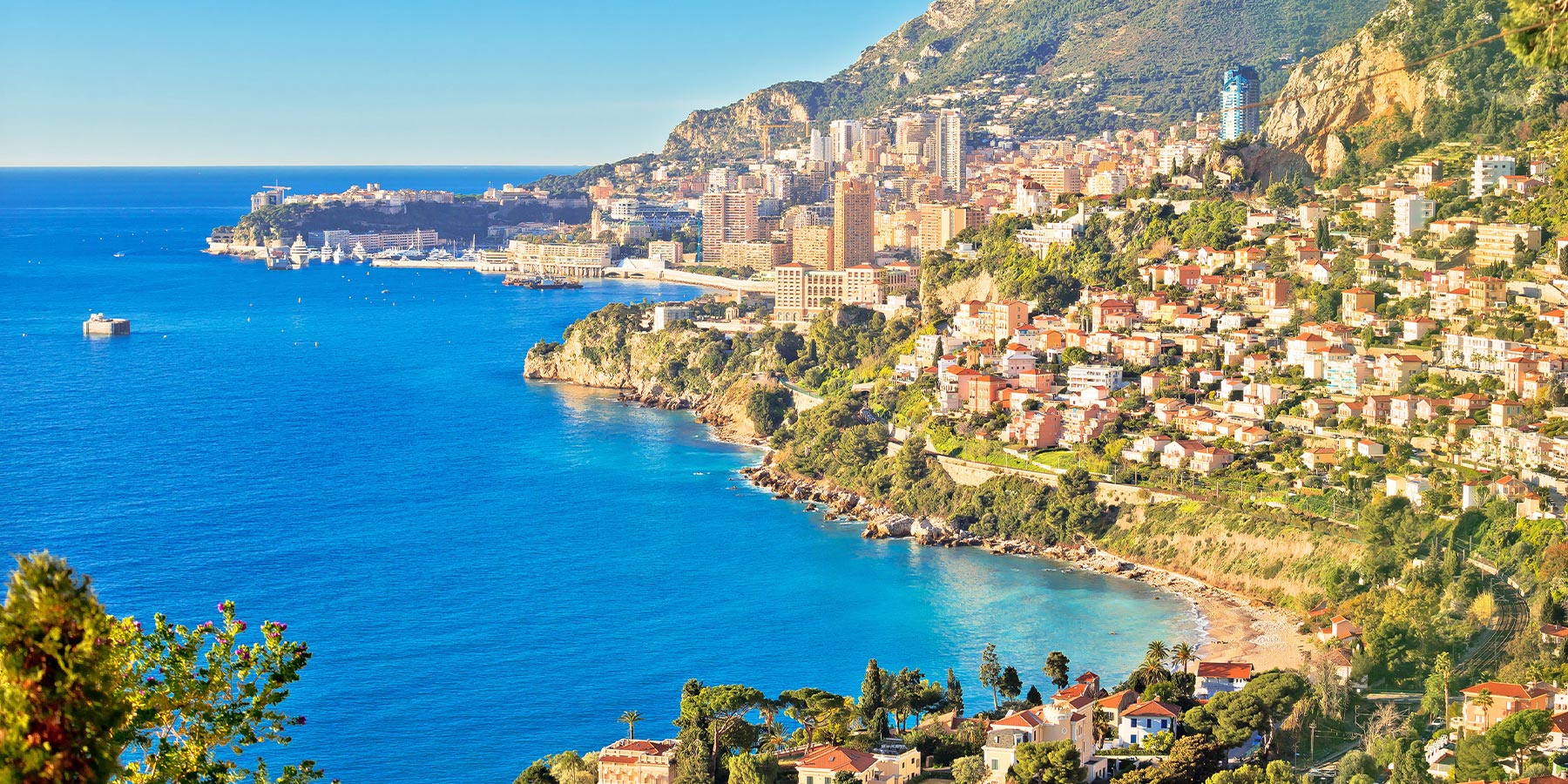
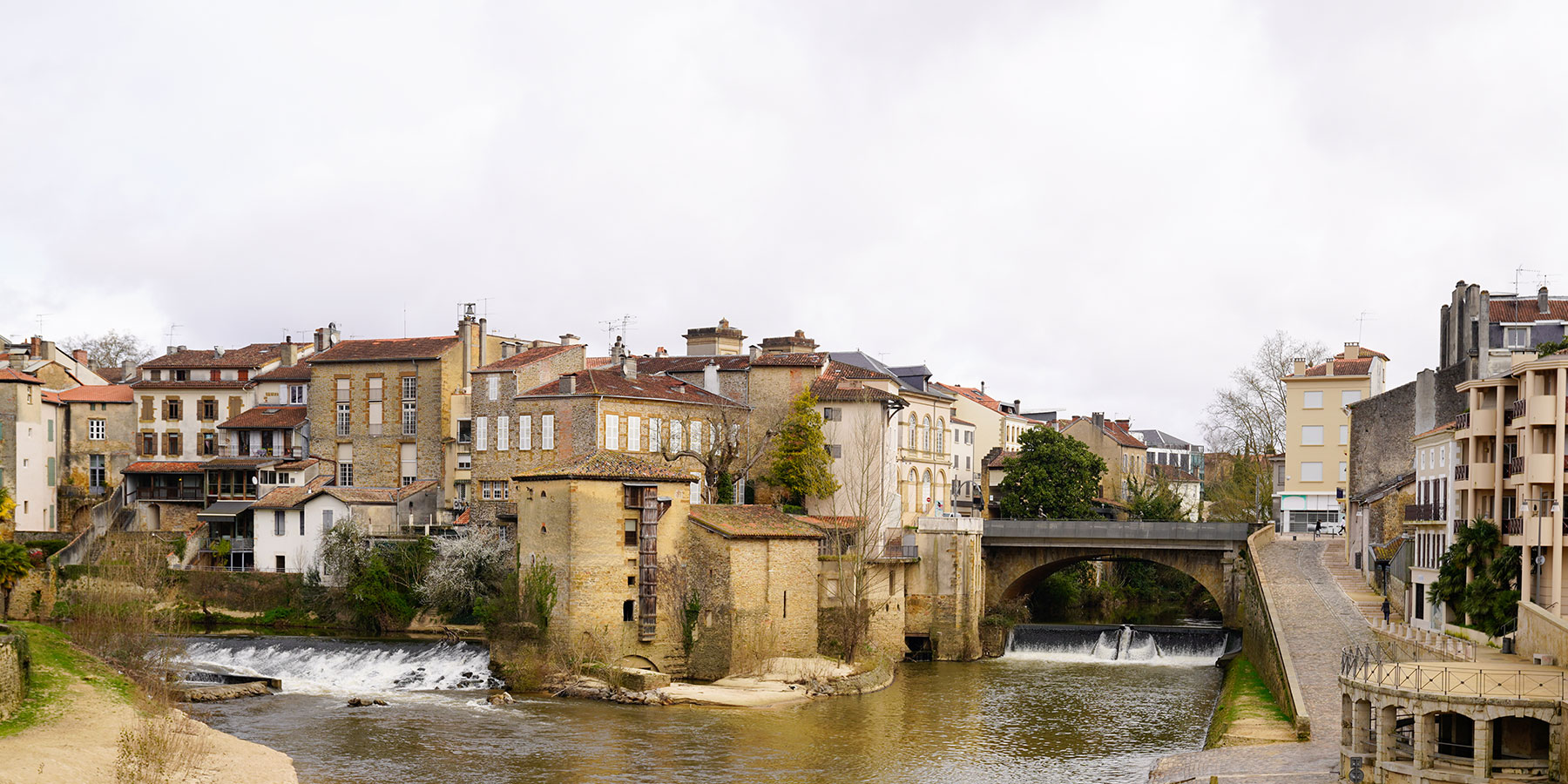
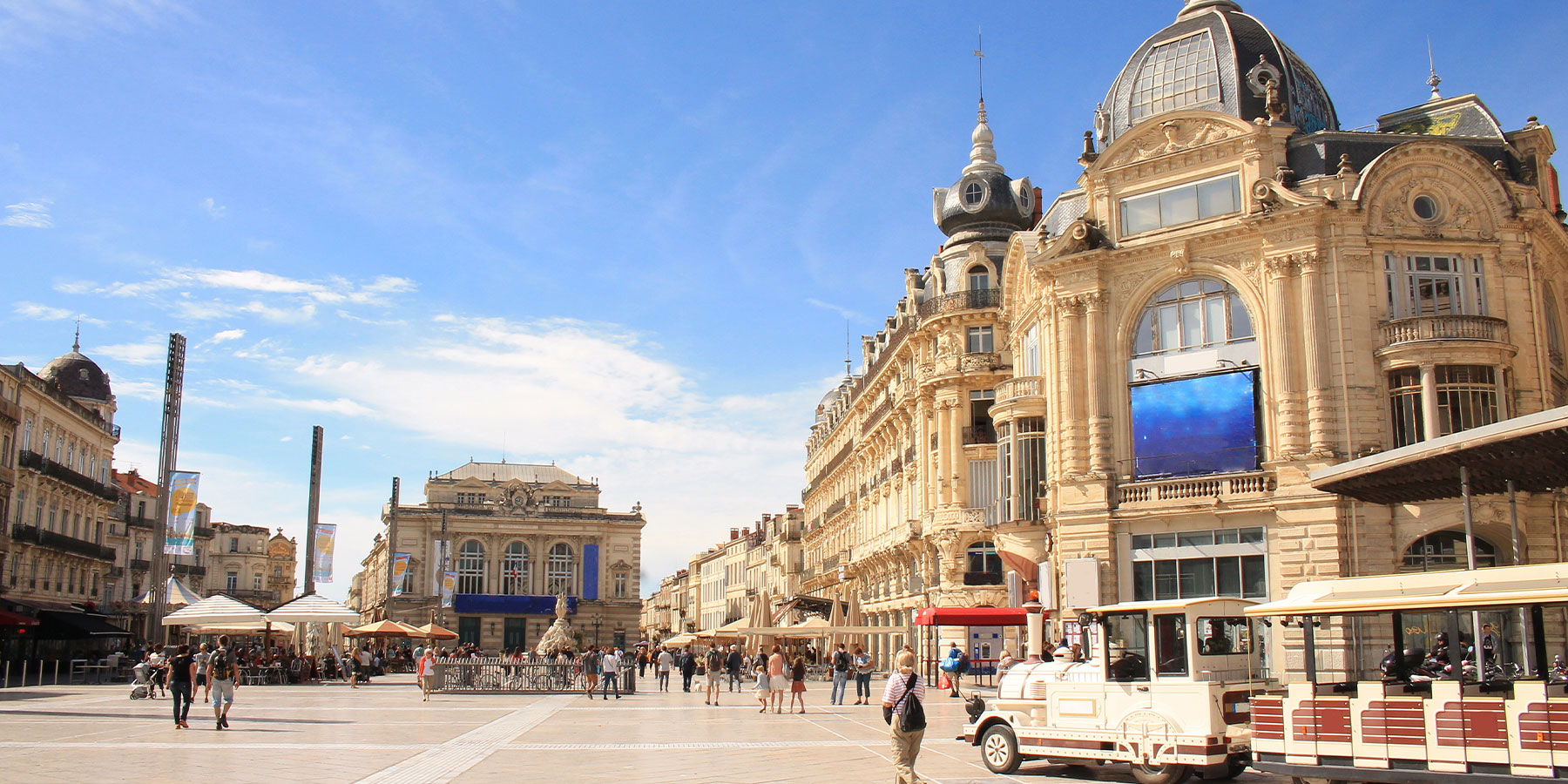


Comments